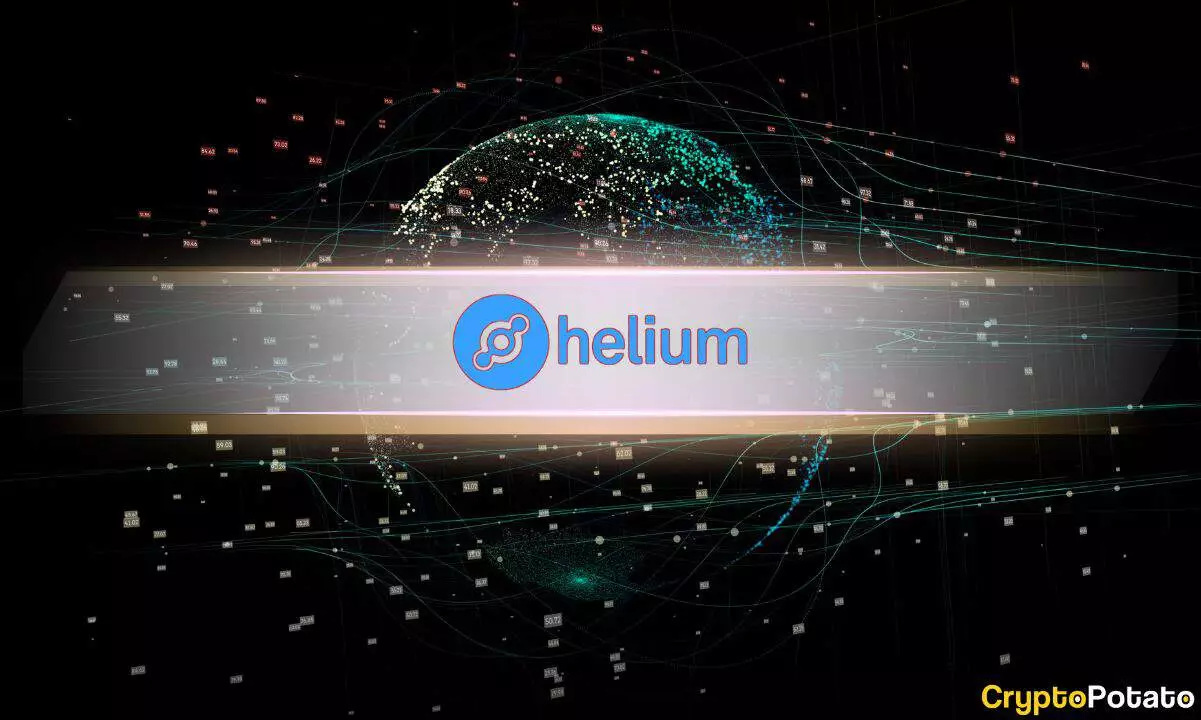Helium’s native token, HNT, has experienced a staggering 22% drop in price and a chilling 20% decline in market capitalization during the fourth quarter of the last year. This isn’t merely a statistical blip; it signals a deeper rift in the community’s trust and market interest. The market cap nosedived from a robust $1.3 billion to a beleaguered $1.0 billion, leaving investors feeling the burn of both economic uncertainty and the implications of Helium’s recent transformations. Could this downturn be a prelude to more tumultuous times ahead?
The price decline from $7.54 to $5.88 is stark and demands scrutiny. The question looms: How is a project that was once heralded as revolutionary now facing such a significant downturn? Significant fluctuations like these often indicate underlying issues; in Helium’s case, they reflect the struggles of a network that, while attempting to position itself as a decentralized wireless network provider, seems to have deviated from its promise of self-sustainability.
Expansion Amidst Erosion
Ironically, as HNT’s value shrinks, the Helium network continues to expand. According to findings from Messari, Helium Mobile has increased its number of hotspots by 14% from 21,800 to 24,800. While this growth may initially evoke hope, it is crucial to question the substance of this expansion. Yes, cheaper plans compared to traditional telecom giants seem appealing, but can a mere increase in hotspots validate Helium’s long-term viability?
Additionally, the introduction of features like Discovery Mapping, which incentivizes users to share location data, has faced challenges. The transition of incentives from HNT to Cloud Points raises significant concerns about long-term token viability. If users are no longer incentivized with HNT, will they still feel motivated to participate in the network? This gamble on shifting reward mechanisms reveals a much deeper crisis of confidence about Helium’s brand and operational model.
Utility in Times of Crisis
One shining aspect has been Helium Mobile’s adept response during Hurricane Helene, showcasing the operational resilience of its infrastructure. The network remained functional when conventional services faltered, providing 5G connectivity to a disaster-stricken area. Distributing emergency kits with Starlink devices further portrayed a community-oriented image. However, while such displays of utility garner admiration, they also beg the critical question: Why is a network that performs so vital still struggling with fundamental user adoption?
Despite its claims of robustness and community support, it’s abundantly clear that mere acts of charity cannot mask the underlying issues. The network’s infrastructural competency isn’t translated into actual demand or usage. As the underlying economy crumbles, such superficial heroics appear increasingly futile.
The Dawning of Discontent: Insiders vs. Public
Compounding these challenges is the shadowy history regarding Helium’s token distribution. Allegations of insiders hoarding early token rewards, estimated at a staggering $250 million at its peak, paint a troubling picture. With emerging reports suggesting that insiders capitalized while the average user was left with meager returns, the notion of fairness within the network has been severely undermined.
This disconnect was starkly illustrated when Helium claimed Lime as a key client, only for Lime’s Global Communications Director to clarify that any partnership was relegated to an inconsequential 2019 test. Such misguided claims not only distort public perception but also risk alienating potential users who may feel misled. Similar denials from other sectors, including Salesforce, hint at a broader systemic issue where Helium’s credibility hangs in the balance.
A Network with Abundant Supply but Limited Demand
Despite aggressive onboarding, with over 375,000 hotspots post-migration to Solana, the mismatch between infrastructure supply and market demand is glaring. The analytics spotlight how low daily Data Credits (DCs) indicate a crisis of engagement rather than an exciting digital revolution. Helium has established the groundwork for expansive connectivity, yet the actual application and usage remain tepid, raising alarms about the network’s sustainability.
In a climate where the interplay of community trust, user engagement, and innovative product offerings has never been more critical, Helium must confront its existential questions. What’s next for a network tarnished by reputation and market declines? As we navigate these turbulent waters, the implications for HNT and its community remain fraught with uncertainty.


Leave a Reply